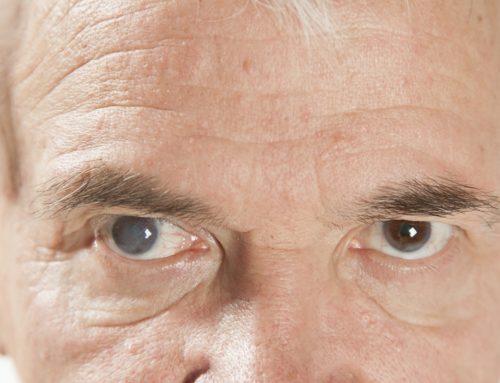Particularly among the aged population, cataracts have always been something to be dreaded. While this remains true even today, modern medical technology has made it possible for cataract problems to be beaten. One of the most effective ways of dealing with cataracts is through a remarkable new process known as DSAEK, or Descemet’s Stripping Automated Endothelial Keratoplasty.
DSAEK is a specialized refinement of the more traditional cataract surgical procedure known as PK, or Penetrating Keratoplasty. PK involves removal of the patient’s entire cornea and transplant of a replacement obtained from a donor. Not all patients require complete corneal transplant, however, and excellent results have been obtained with this new procedure that focuses on specific types of corneal diseases that can be treated with a partial, rather than complete, replacement.
While corneal problems requiring the use of DSAEK can arise out of facial trauma, the primary reason for a patient to undergo the procedure is a degenerative condition known as Fuchs’ Dystrophy. What happens to those afflicted is that the innermost layer of cells in their cornea can start to die off faster than replacement cells are being manufactured. This steady fall in the gross number of endothelial cells in the cornea leads to a build-up of fluid inside the cornea, which leads at first to increasingly clouded vision and perhaps complete loss of vision if allowed to continue untreated.
While there are many cataract doctors Houston residents can turn to for help, only a small number provide this advanced treatment option for Fuchs’ Dystrophy patients. Doctor Goosey is among the most experienced practitioners of DSAEK in Harris County and offers this procedure to his patients due to its efficacy as well as the fact that DSAEK does not require any sutures.
The thin endothelial layer of cells is removed and then the innermost segment of a donor cornea is inserted in place of the discarded segment. Rather than resort to any form of mechanical bonding, DSAEK patients simply have to lie on their backs for a short period of time while a bubble of air inside the eye pushes the new corneal tissue up into position where it can naturally attach itself to the remaining healthy part of the patient’s own cornea.
It is this swift and natural healing process that is the big advantage of DSAEK over other forms of corneal surgery. The lack of stitches means that the possibilities of complications due to distortion or infection are vastly reduced. Not all patients are good candidates for this particular procedure, but those afflicted with Fuchs’ Dystrophy are not the only ones who can benefit. Patients with age-related degeneration can see their vision greatly enhanced, as can those who have suffered some form of traumatic eye injury as a result of previous surgeries or some form of physical eye damage.
Doctor Goosey is one of the cataract doctors Houston can rely upon for a thorough examination of their case, unbiased recommendations as to the remedy, and also a full suite of cataract surgical equipment and techniques. As with all eye conditions, the sooner a problem is detected, the easier it is to take care of. Everyone is therefore urged to see their eye doctor for annual checkups as well as whenever any significant changes in their vision take place. Contact our office today!





